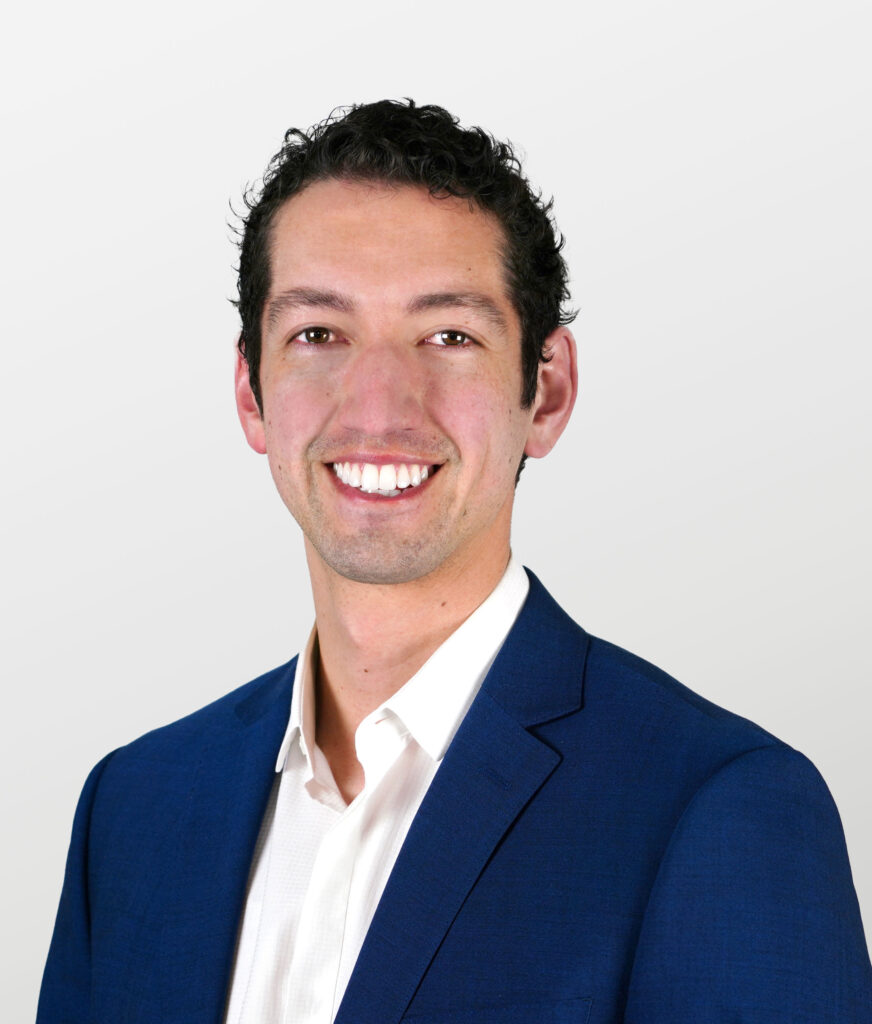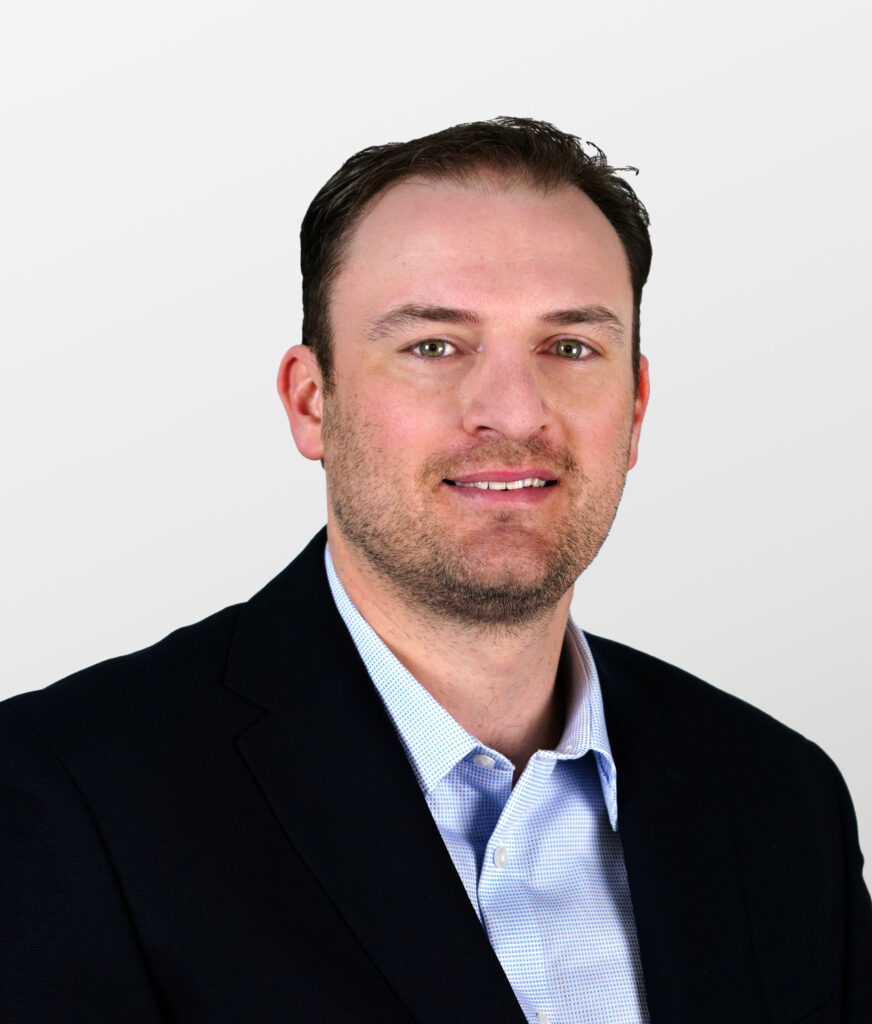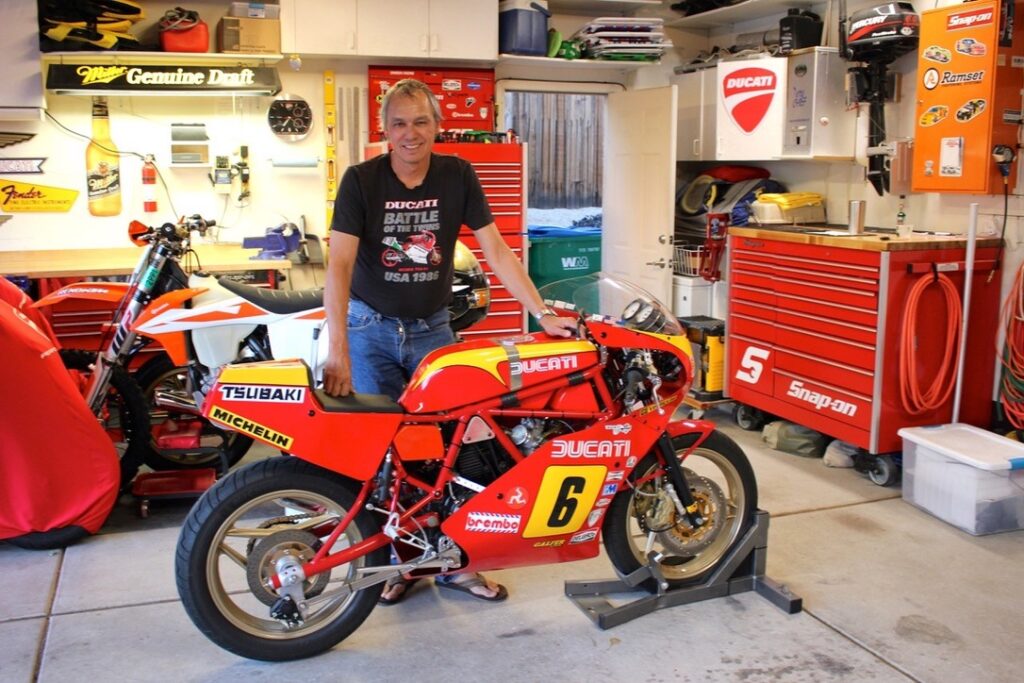A base isolation system is a method of seismic protection where the structure (superstructure) is separated from the base (foundation or substructure). By separating the structure from its base the amount of energy that is transferred to the superstructure during an earthquake is reduced significantly.
These base isolation systems often tend to include one or more type of bearing to support the weight of the structure. Some examples of these components are; elastomeric pads, sliding plates or inverted pendulums. All of these components can provide some level of energy dissipation, but typically only in the form of hysteretic damping. Hysteretic damping has certain limitations in terms of energy absorption and can excite higher modes in some cases.
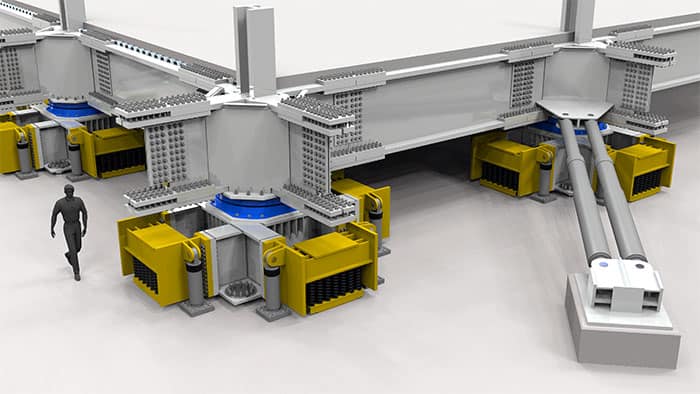
Fluid Viscous Dampers can also be included in a base isolation system where the damper is used to augment the energy dissipation of the isolators. These Viscous Damping Devices most often provide viscous (velocity-dependent) damping that significantly improves the performance and effectiveness of the isolators mentioned above.
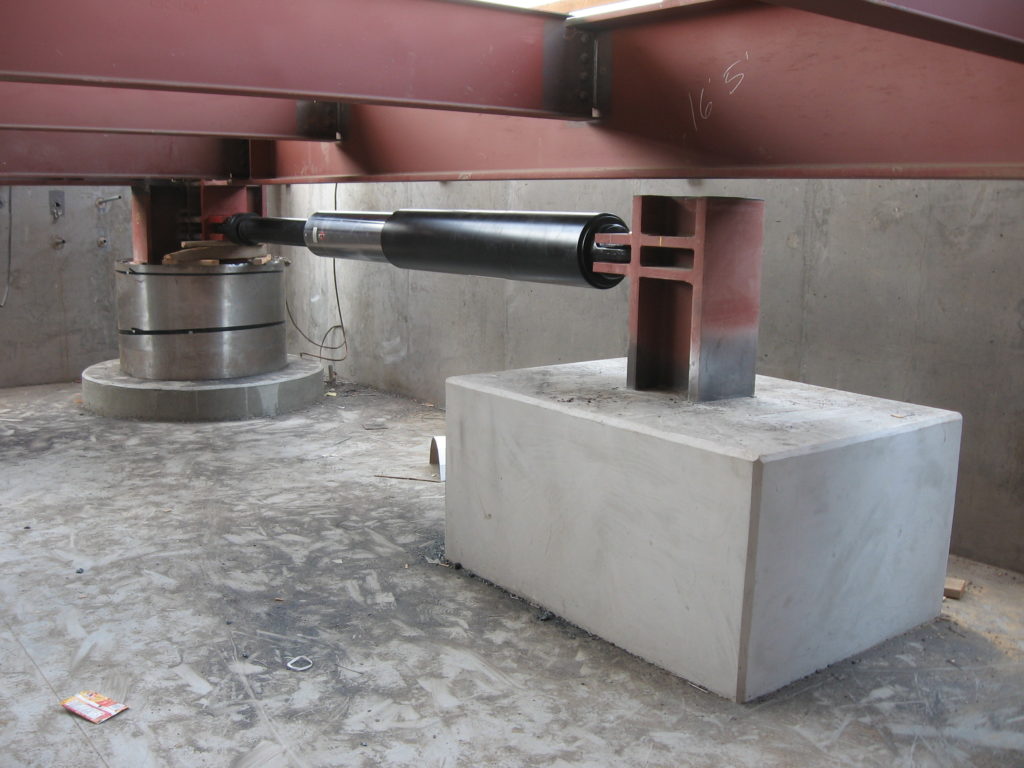
The addition of Taylor Dampers to a base isolation system greatly enhances the performance of the isolators. The most significant effect is the reduction in dynamic displacement, observed to be by as much as 50%. There is a corresponding reduction in base shear by the same amount, meaning lower forces and accelerations place on the isolated structure.
The reduction in dynamic displacement provided by the addition of the Taylor Dampers can reduce the required size of the base isolation system by decreasing the cost of the bearings, moat covers, utilities entering the building, and other items that increase in cost as displacement increase. This reduction to the system components make it less costly and more practical to design and build. It is not uncommon to find that a combination of Taylor Dampers and base isolators, when optimized for performance, is less costly than the isolators would have been without the dampers.
Another benefit of using Taylor Dampers with the base isolation system is for when space is limited. By reducing the displacement of the base isolation system, the result is more usable space since the perimeter of the building can be closer to the property line.
If you are interested in learning more about how a base isolation system with the use of Taylor Dampers can improve the safety of your building, please contact our team today. You can also read examples of structures that use this technology in this blog post.
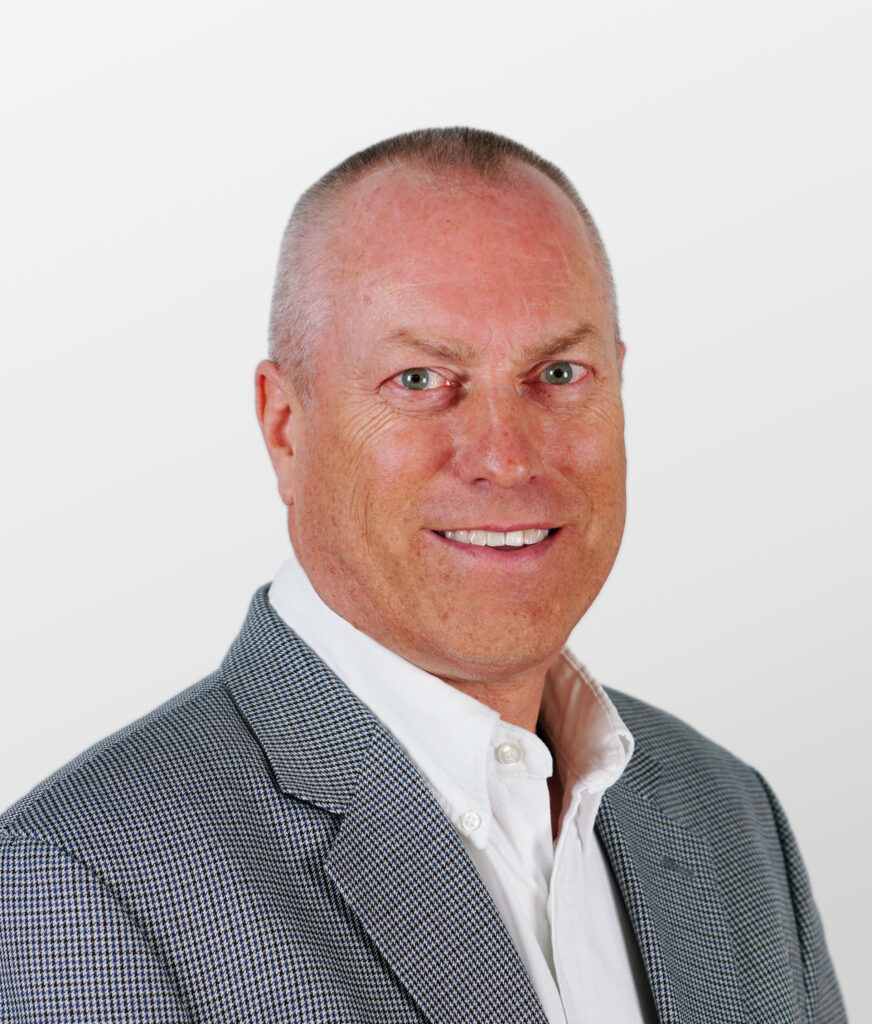
Program Manager – Structural Products
Running 5k and Half-Marathons, Snow-Skiing, Boating and Slalom Waterskiing, Mountain Biking, Hiking, Kayaking and Canoeing, Camping, Sport-Bike (Motorcycle) Riding, and Craft-Beer “tasting”. Winter weekends are spent coaching Downhill Ski Racing to youths.


